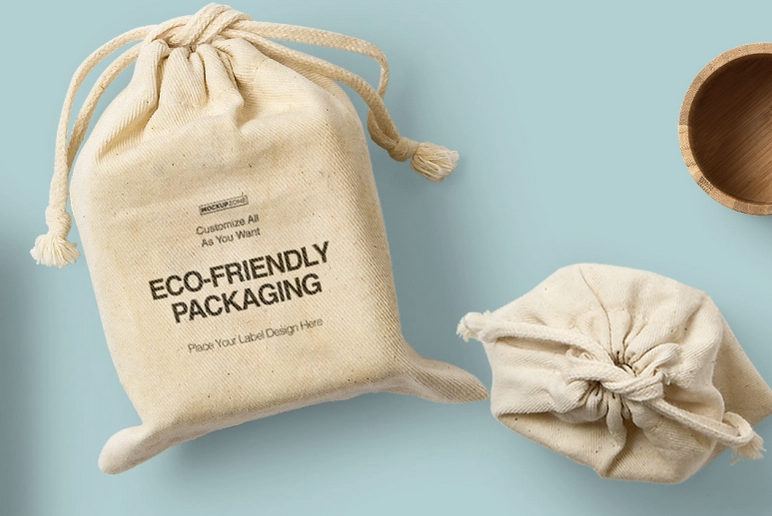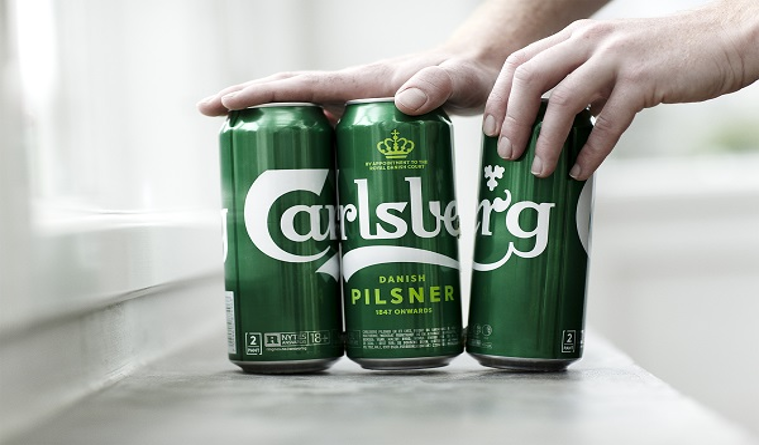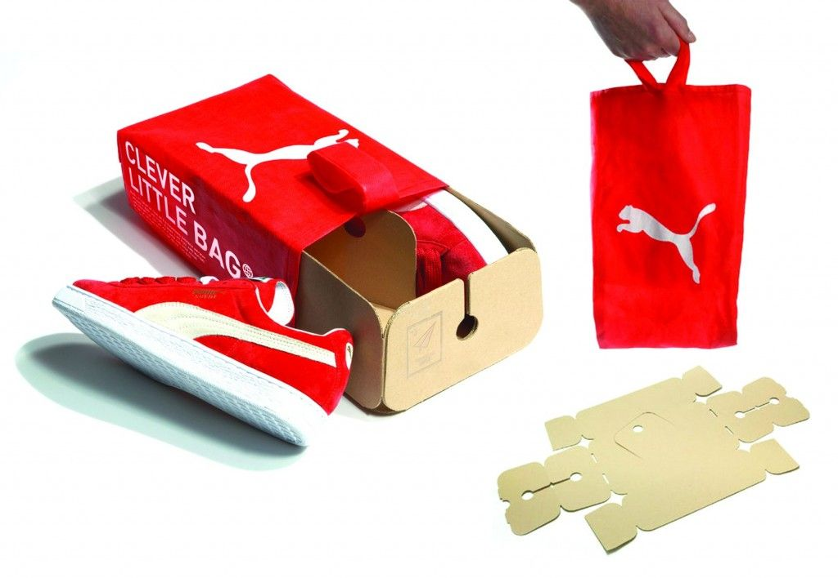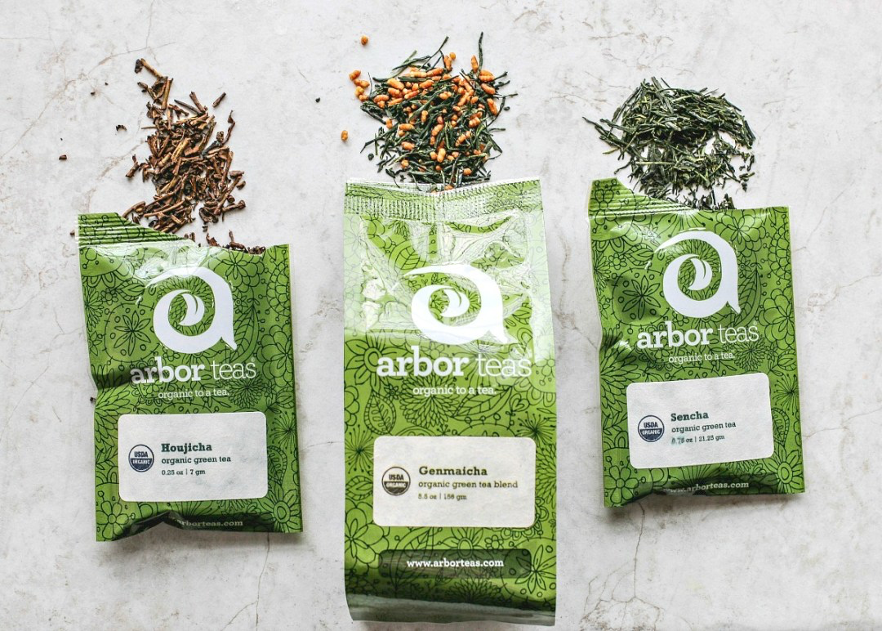A Conscious Ethos behind Packaging Design
Sustainable Design

Eco-friendly Packaging
Undoubtedly, fashion is one of the dirtiest industries in the world. The decline of fast fashion had much to do with improvement to the overall production side, but packaging is still a contentious issue for many. Don’t all brands want to fuse style with innovation and still uphold an environmentally conscious ethos? If only we could come up with a golden formula to achieve the most waste-less method of packaging goods. Today, it is becoming increasingly more challenging and important to find a solution.
The good news is that it is possible for companies to balance eco-friendly packaging with impactful design. To achieve this, brands must adopt a forward way of thinking when approaching their packaging needs. The other side of the equation is the consumer. Most brands converted to eco-friendly packaging, but it’s up to the consumers to turn into repeat buyers, even if it means paying a slightly more premium price.
The UK produces 2.4 million tonnes of packaging waste a year – 70 percent of this is recyclable. So where do we begin? With the attitudes and from consumers and their associations with a brand. It is said that 50% of consumers will choose the more expensive, eco-friendly option for a similar product.
Eliminating single use plastic is necessary when creating a packaging design that meets all the sustainability checks.
The Process of Selecting Packaging
The three most common ways to produce sustainable packaging is going with one of these routes: recyclable or reusable, plant-based, or reducing packaging altogether to eliminate plastics. Typically, the smaller boutique businesses are more successful at providing waste-free packaging, as most of their materials are locally sourced in small batches.

Carlsberg Beer Eco-friendly Design
Big companies are starting to take note, though. A solid case study that demonstrates forward-thinking in packaging design is Carlsberg Beer. They needed to eliminate the plastic rings that tie the cans together, but they wanted to integrate this into their design seamlessly, with the customer experience in mind. They came up with using adhesive glue to connect cans of 4 together, but they took it a step further when they strategically labeled their cans in a way that the entirety of the logo can be seen when stacking the cans side by side. This created a banner effect.
Another major company that leads by example is Puma. They place all their shoes in a reusable fabric bag called the “Clever Little Bag”.

Puma Clever Little Bag
This eco-friendly tea packaging maximizes on smart design by using organic and compostable materials:

Arbor Teas Compostable Packaging
Designorate, a design news and user experience community centered around innovation, provides a checklist during the production process of any brand’s packaging cycle:
- Is the package safe and healthy for consumers?
- Is the package reusable and beneficial?
- Are the materials used in the package recyclable?
- Does the package depend on renewable source materials?
These are just a few ways to get thinking about better packaging by design. The production process requires frequent evaluations and checks along the way.
Next time you buy a product, consider its packaging and the purpose behind the design. It’s safe to say that packaging requires just as much planning and thought as the product itself.
